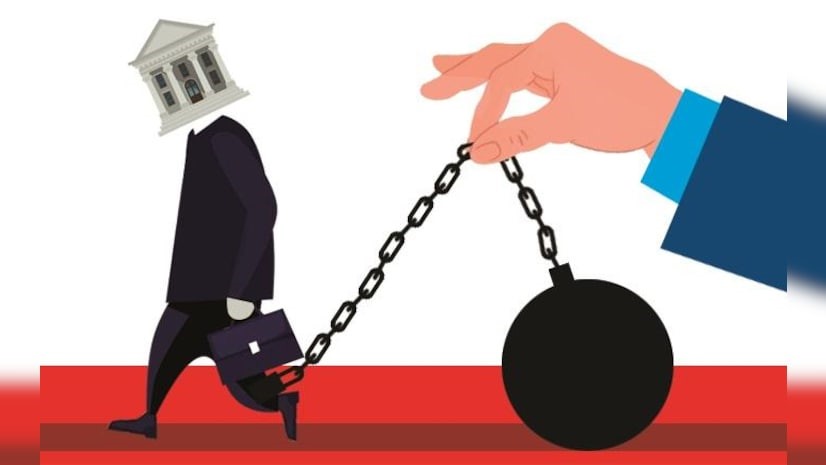- A latest report from ICRA, the rating Agency, after two years of decline, gross fresh non-performing asset (NPA) generation is set to rise for both private and public sector banks (PSBs) in FY25.
- Further, the rating agency also revised downwards its outlook for the Indian banking sector to “stable” from “positive” for FY25. This is on the expectation of moderation in credit growth and profitability metrics.
- The estimated fresh NPA generation rate for public sector banks is expected to rise to 1.5 per cent in FY25 from an estimated 1.3 per cent in FY24. For private banks, it is likely to rise to 2.2 per cent in FY25 from an estimated 2 per cent in FY24.
- Precisely the ICRA report reads “The moderation in credit growth also leads to inching up of slippages. Nevertheless, the overall slippage rate is expected to remain benign. Accordingly, the headline asset quality metrics may continue improving in FY25,” -financial sector ratings, ICRA.
- Despite the rise in fresh NPA generation, gross NPA of PSBs is projected to decline to around 2.3 per cent by March 2025, the lowest since June 2012.
- Similarly, gross NPA of private banks is projected to decline to around 2.1 per cent by March 2025, the lowest in more than 15 years.
- The compression in the banking sector’s interest margins over the last 18 months has been driven by rising deposit cost.
- ICRA predicts that the expectation of a rate cut in the second half (October-March) of FY25 could lead to margin pressure that is driven by a likely downward re-pricing of advances. A growth in loan book, despite margin compression, is expected to translate into steady operating profits that will be aided by benign credit costs.
- Loan book growth is expected to drive healthy earnings that will largely be sufficient for most banks to meet their regulatory and growth capital requirements.
- The credit to deposit ratio (C/D ratio) for banks is estimated to have increased to 78 per cent, excluding the merger of HDFC with HDFC Bank, as of March 22, 2024.
This ratio is the highest since December 21, 2018 (77.9 per cent). It is much higher compared to 75.7 per cent as on March 24 last year and 71.9 per cent on March 25, 2022.






